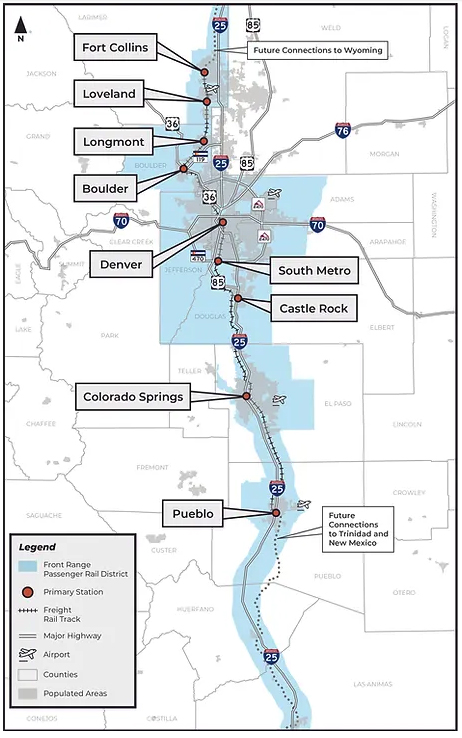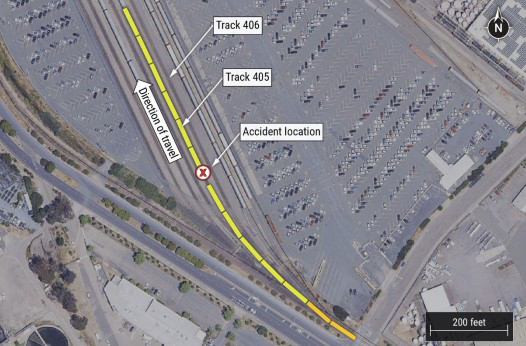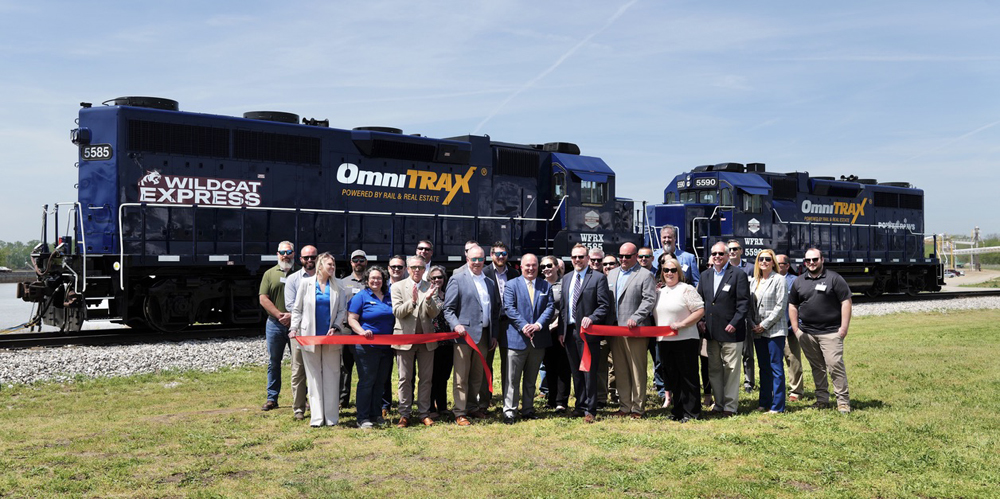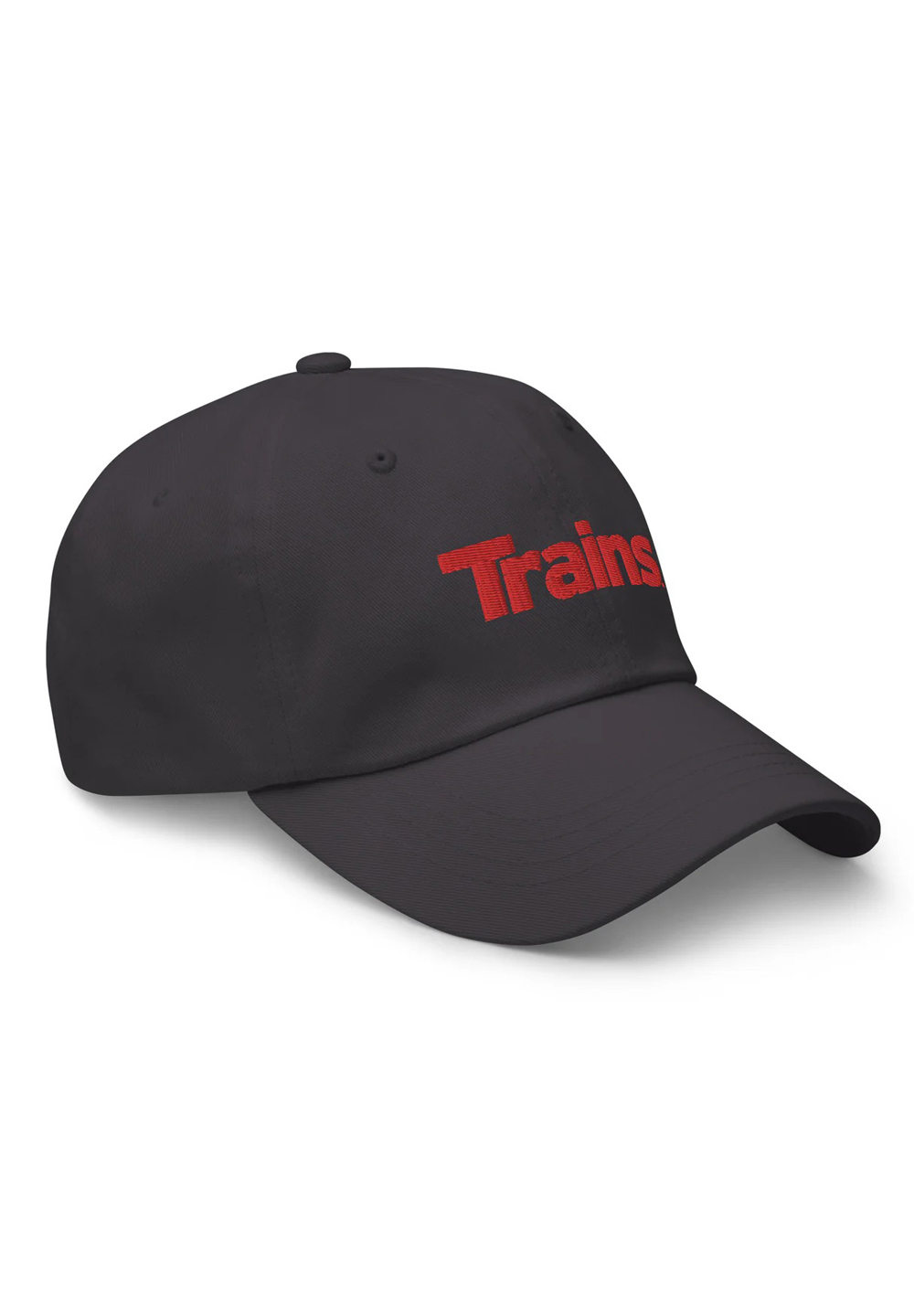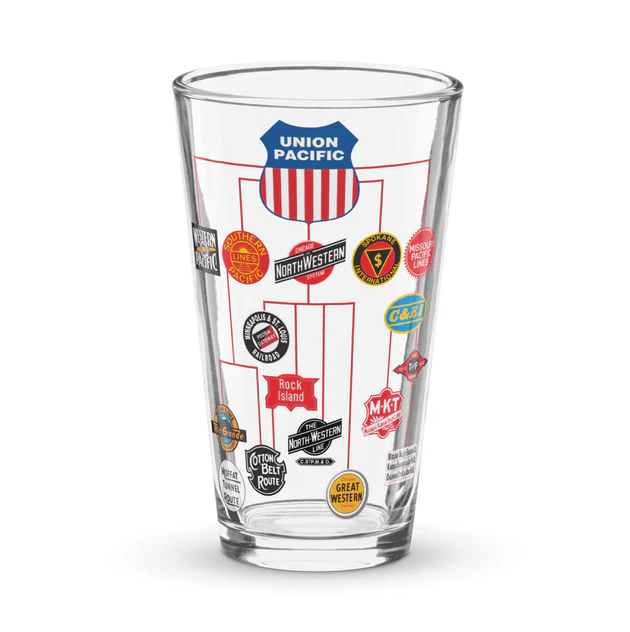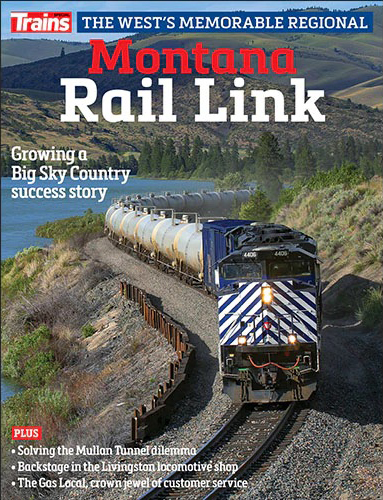
ATLANTA — Norfolk Southern posted higher profits in the first quarter despite flat revenue and the impact of harsh winter weather.
“There’s a lot to be pleased with this quarter,” CEO Mark George said, including delivering financial results in line with expectations despite a “vicious winter” that included 18 storms.
“Our network resiliency was evident again thanks to great planning and execution by our team,” George told investors and analysts on the railroad’s Wednesday morning earnings call.
Adjusted for the ongoing financial impact of the 2023 East Palestine, Ohio, derailment, the railroad’s first quarter operating income increased 6%, to $961 million, on flat revenue of $2.9 billion. The operating ratio improved 2 points, to 67.9%. Adjusted earnings per share was up 8%, to $2.69.
Despite uncertainty regarding tariffs and the potential for an economic slowdown, NS is sticking with its forecast of 3% revenue growth for the year, along with 1.5 points of improvement to its operating ratio. “At this time, there’s no clear information on how tariffs may impact our end markets and revenues,” George says.
About 75% of Norfolk Southern’s traffic is domestic business. “How tariffs play out is going to be hard to say, but I don’t think it’s going to be as meaningful as the risk we have on the broader economy,” George says.
Thanks to improved service, NS continues to regain market share that had been lost during congestion related to crew shortages in 2021 and 2022 and the East Palestine derailment. And the ongoing share gains may help insulate NS from the economic fallout of tariffs or a recession.
“Our intense focus on recapturing market share gives us confidence that we are well-positioned to mitigate some of the uncertain market conditions that we see,” Chief Commercial Officer Ed Elkins says.
Operating expenses declined by 3% in the quarter thanks to $55 million in savings from labor productivity improvements, which more than offset the $35 million in costs related to winter storm repairs on its Heartland Corridor in West Virginia.
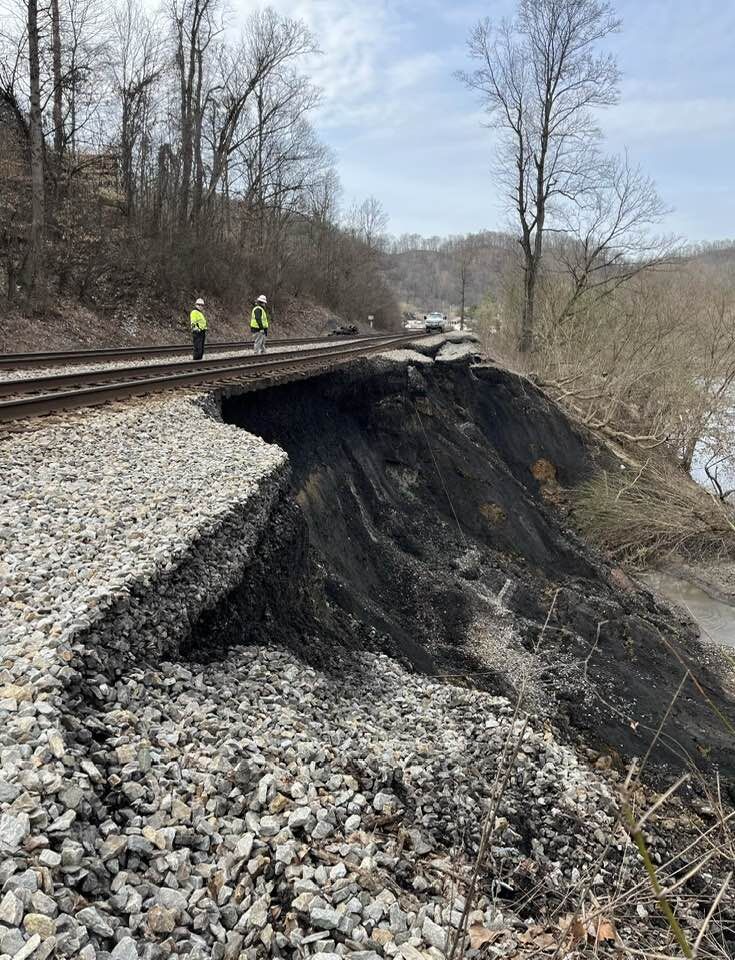
A February storm caused flash flooding on the Tug River, affecting a 100-mile stretch of the Pocahontas District west of Bluefield, W.Va., which carries 50 trains per day. NS was able to repair more than three dozen washouts and bridge damage over a four-day period.
“I’m never satisfied with how the operating environment is at any given time. So that’s a curse my team has to endure. But I can tell you I’m very, very pleased at the strength and resilience that we demonstrated coming out of the storms,” Chief Operating Officer John Orr says.
Despite the storm damage, NS was able to improve first-quarter operations compared to a year ago, with average train speed up 4% and terminal dwell down 6%. Merchandise trip plan compliance of 79% was up a point, while the intermodal service composite was down two points.
NS rolled out the first phase of a new operating plan during the quarter, which simplified train plans, tightened connection standards, cut crew starts by 100 per week, and reduced final-mile dwell for more than 600 customers, Orr says.
The railroad’s key safety metrics improved for the quarter, as well, with the personal injury rate reaching its best level in more than a decade.
Overall traffic was up 1% for the quarter. Intermodal volume was up 3%, while coal was down 1% and merchandise declined 2%.
“We successfully navigated the first quarter to recover from the significant weather impacts to our network. At the same time, we delivered better service on higher volume all while continuing to drive greater productivity,” George says.
International intermodal volume was up 4% for the quarter, while domestic intermodal grew 3%. Domestic utility coal traffic increased 4% for the quarter thanks to higher natural gas prices, while export metallurgical coal volume declined 6%.
The railroad’s industrial development pipeline sits at a record high, with 517 projects in the works. That’s up 25% from a year ago. Over the next three years, NS expects to gain 150,000 new carloads from 116 projects that are expected to come online.
“Industrial development activity continues to increase, with strong interest from firms seeking to expand domestic production as well as international companies seeking to locate new manufacturing facilities in the United States,” Elkins says. “Sectors such as steel manufacturing, metals, fabrication, food production, and construction materials saw an increase in project activity through the latter half of the first quarter, with momentum continuing to build through April. However, we’re also noting cases where decision timelines appear to be extending as customers evaluate the macroeconomic environment.”






